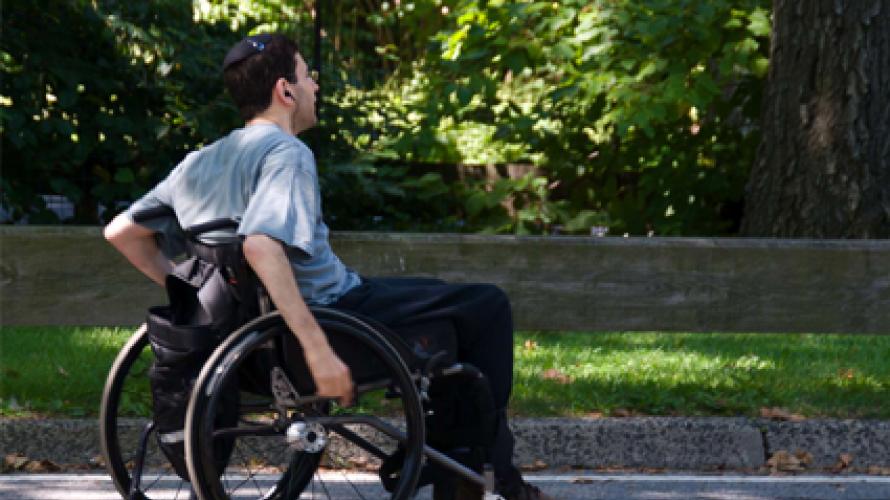
What is the study about?
The study was performed to compare a group training program with a general education program for people with spinal cord injury. The researchers asked whether one approach was better than the other for people with spinal cord injury (SCI) in improving their wheelchair skills and helping them achieve individual goals. Past research has shown that individualized wheelchair skills training can improve those skills. However, personalized training requires longer rehabilitation hospital stays and is more demanding on clinicians’ time. The researchers thought a group setting for this education and training might be more efficient and even improve the experience when working together in a group.
What did the study find?
At the one month mark, both groups performed better on the WST-Q than initially. However, the WSTP group performed significantly better at advanced skills than the active control group. Participants who attended more classes had more success at achieving their goals, as shown through higher GAS scores. The research concluded that group training can improve advanced wheelchair skills capacity and help patients achieve individually set goals. Patients who entered the study with a low levels of skill had greater improvement than those with more advanced skills. Those who had high attendance also had greater improvement.
Who participated in the study?
The study recruited wheelchair users with spinal cord injury who used a wheelchair as their main form of mobility. One hundred and fourteen participants were assigned into one of two groups. The participants were not aware to which group they were assigned. One group (55 people) attended the Wheelchair Skills Training Program (WSTP) and the other group, “active control,” (59 people) attended a general spinal cord injury education class. The follow-up questionnaires were completed by 79 participants – 36 in the WSTP group and 43 in the active control group.
How was the study conducted?
For the WSTP course, participants were asked to attend 6 classes held by trainers. The classes involved demonstrations and practice of wheelchair skills. The active control group participated in two 1-hour general education classes that did not have a specific focus on skills. Both groups were given two tests: the Wheelchair Skills Test Questionnaire (WST-Q) which asked questions about 32 individual skills that are grouped into indoor, community, and advanced skill levels; and the Goal Attainment Scale (GAS) through which participants provided their specific goals. Participants filled out each assessment twice, once before their intervention began, and a month after the intervention.
Reference
Worobey, L. A., Kirby, R. L., Heinemann, A. W., Krobot, E. A., Dyson-Hudson, T. A., Cowan, R., Presperin Pederson, J., Shea, M., & Boninger, M. L. (2016). Effectiveness of Group Wheelchair Skills Training for People with Spinal Cord Injury: A Randomized Controlled Trial. Archives of physical medicine and rehabilitation.
*The contents of this summary have been reviewed by the corresponding author of the study.